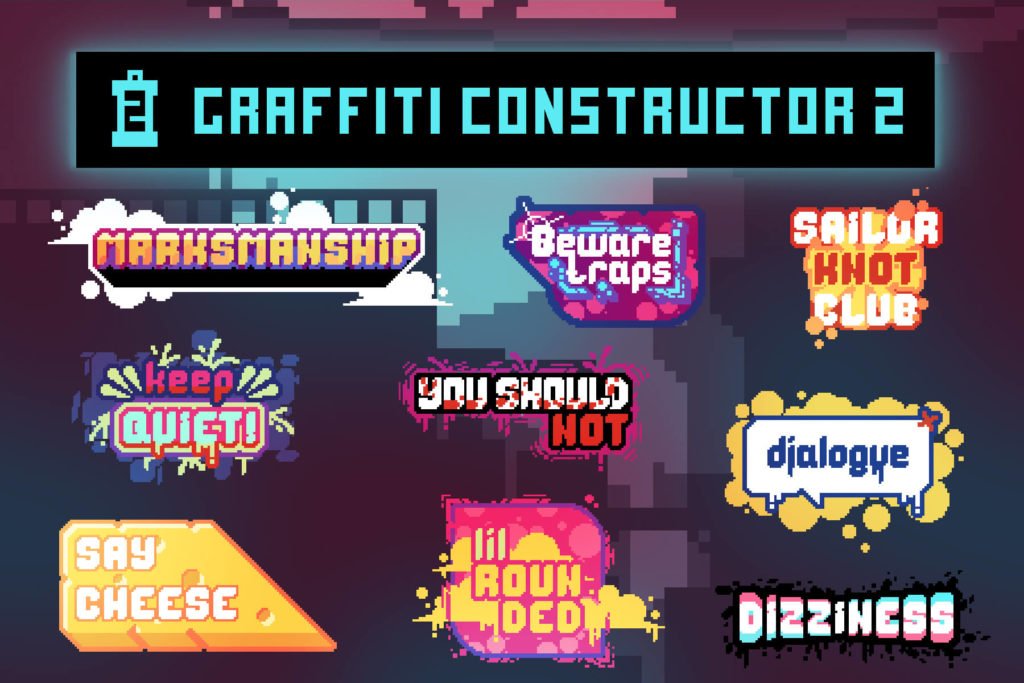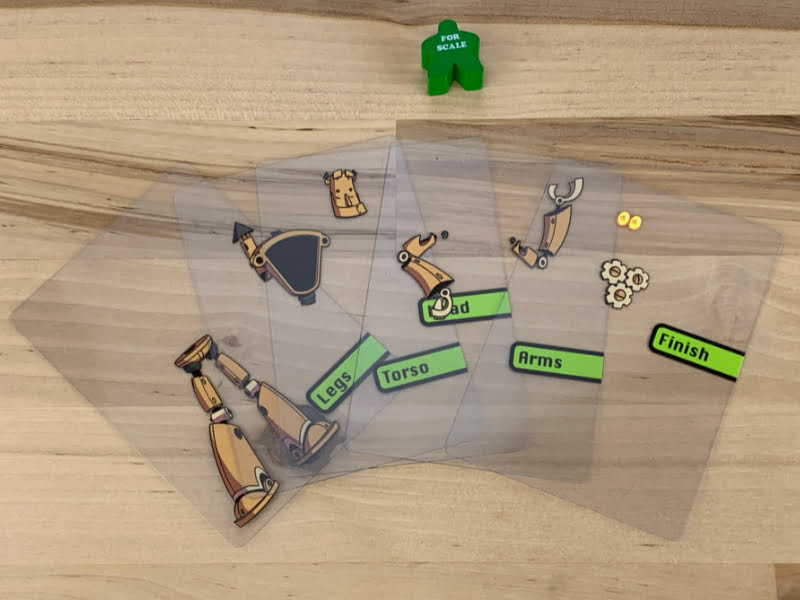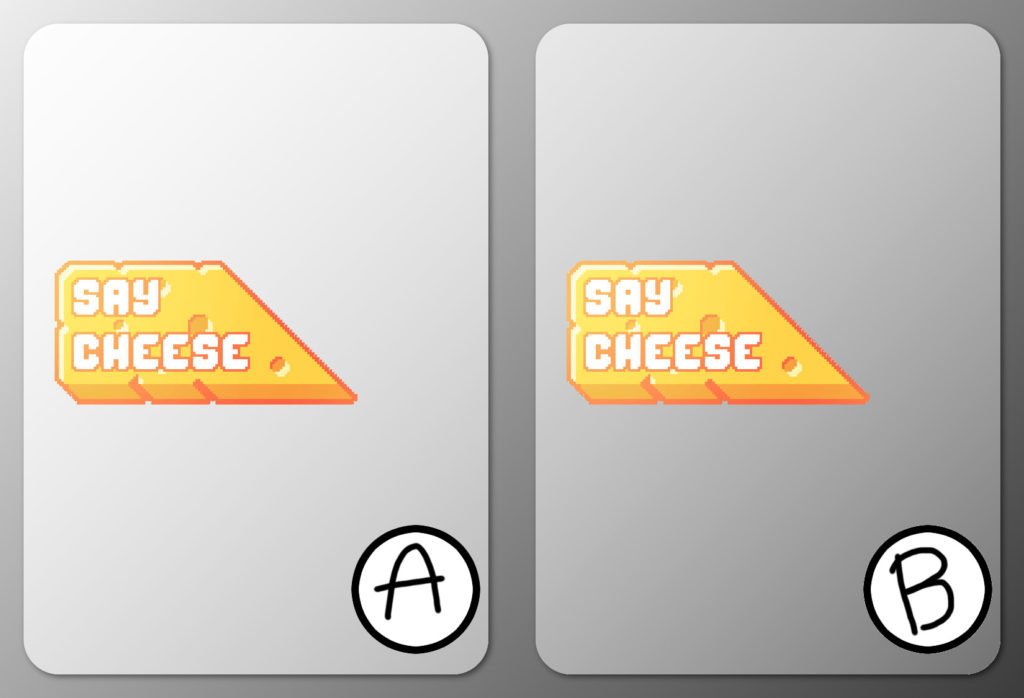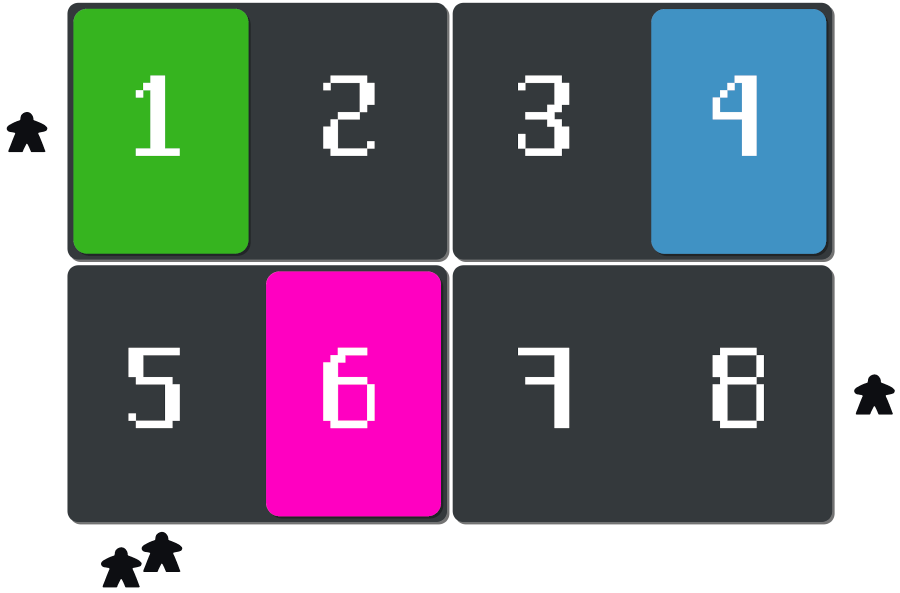As a matter of practice, it’s important to me that I keep demonstrating different ways to engage with games. Making games is a practice, and when you can look at game assets and consider ways to apply them, you’ll begin to see how much of game design is stuff you can do. Therefore, on this blog I’m making it a project to regularly grab some game assets I couldn’t make myself, that are made for game designers to work with, and see what ideas they inspire.
This month, as a brainstorm project, Fox wanted to know what I’d do with this toolkit available on Itch.io, by uh, Free Game Assets?

My very first impression of these tags is what I don’t want them doing. This isn’t really a collection of graffiti tags — it’s a toolkit for making graffiti tags. If I’m going to use these art assets, then they’re going to require a lot of specific effort. What’s more, they’re pixelly, which pulls me towards making another game that tries to capture a videogame’s vibes. If they’re going to be the important thing of the game, then they need to be somehow linked to player agency.
My vibe is that I think that the player should be placing the graffiti. How do I do that?
One idea is to have the player place stickers on things. Neat, but kinda one-use.
Another option is to have the player place tiles with graffiti as part of the design. Also neat, but it does run into a problem that people can draw over graffiti.
Another idea is to have the graffiti be tokens, which place on ‘the wall’ of the game. That could be cool, but also they’re bumpable, and it can be hard to determine which order they come in.
Fortunately, Gloom got my back, and GameCrafter back them up with an idea for transparent cards:

If the tag is on one of these cards, then the player can layer them atop another card to put a graffiti tag on them. Then, the order of the cards being put down have an impact. The oldest card is on the bottom of the stack, and hardest to see, the topmost the topmost. That, to me, looks pretty cool.
This idea is kind of neat; it can be used to set up things like a priority order for things, showing which area you’re the most invested in, or where you’ll fight the most for your territory. Tags are themselves, a thing for territory, after all.
These transparent poker cards aren’t cheap: it’s about $7 for a deck of 18. As game pieces go, that also doesn’t divide great. If I want to have (for example) a game for up to 4 players, then that means each player gets 4 cards – and two leftovers. If it’s for up to 6 players, players get 3 cards.
There’s more to this though; a transparent card has different printings on frontside and back. So the tag could be the same and have other game information on it. For example:

This isn’t quite right, by the way. The back face of the card needs to be mirrored in a particular way, and the text gets printed reversed, so it isn’t quite going to look like this (I think). But the point is, you can make it so that the tags of your gang have one of up to six possible effects, which gets me back to Action Selection, a videogame mechanic I like!
What can I do there?
Okay, now I’m visualising a board of slots that represent territory, in the form of walls of a street. On your turn, you can lay down a tag in a space that indicates you control or have dominance over that area. Then, meeples move around in response to tags, and that determines what your gang can do. Like it might be that if a single square has enough tags on it, cops don’t go there; but if there’s only one tag, cops will move towards it.

The concept using Gamecrafter Asset involves a small number of cards as the board, some meeples to represent the game operators, and the transparent cards to represent the player choices – claiming your territory and making the space have a ‘reputation’ that consolidates what you do.
I don’t think I’ll chase too hard on this one, though. If I find a bunch of pixelly art assets that feel right for a gang style game, maybe?
1 Trackback